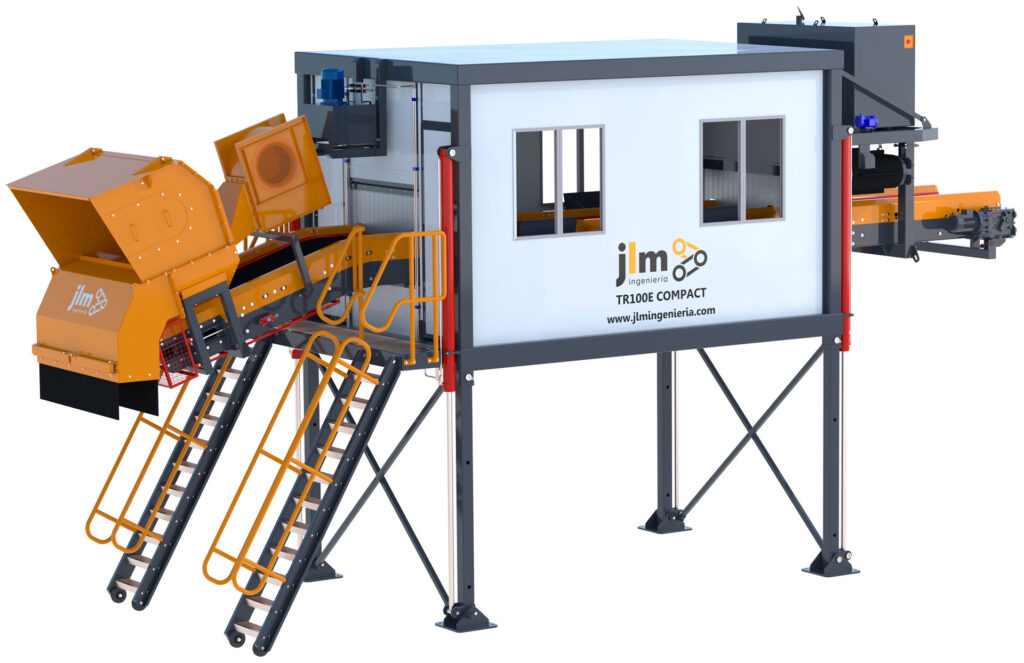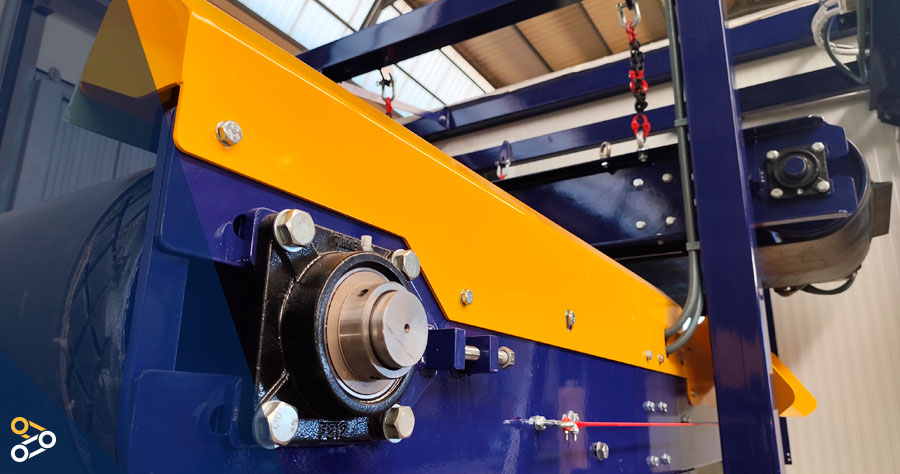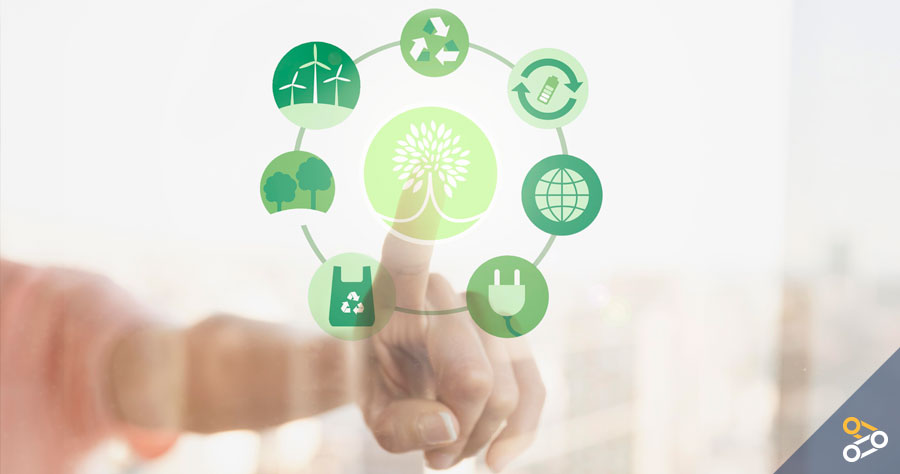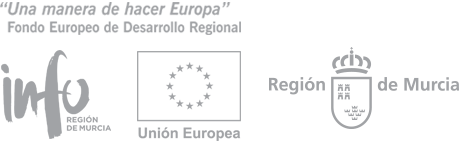The recovery of construction and demolition waste (CDW) plays a fundamental role in environmental sustainability. At JLMIngenieria® we continue to work on the design and manufacture of our recovery equipment to achieve “zero waste”. (Image: Designed by freepik)

In the quest for a more sustainable future, the construction industry plays a crucial role. However, this industry is also one of the largest waste generators worldwide (32.1% of the waste generated in Spain in 2021 corresponded to CDW according to the National Institute of Statistics, INE). Every year, tons of waste end up in landfills, contributing to environmental pollution and waste depletion.
What is the recovery and classification of construction waste?
The recovery of construction and demolition waste refers to the process of recovery, sorting and reuse of materials and resources derived from construction, demolition, renovation and maintenance processes. This approach goes beyond recycling, as it involves the transformation of waste into new useful materials, thus avoiding landfill disposal.
In JLMIngenieria® we have specialised to achieve the best option in the process of separation and recovery of construction and demolition waste. Our mobile equipment (mod. TR100E_Compact® and TR200E_Compact®) together with the fixed plant mod. Rec100® guarantee an optimal separation of each of the components of the CDW (metals, wood, low density elements such as plastic and paper, concrete and brick mixture, earth….).
What are the benefits of the recovery of construction and demolition waste?
a) Resource conservation. The conservation of resources is a fundamental objective in the recovery of CDW, as it implies using available resources efficiently and responsibly and minimising the generation of waste.
b) Pollution reduction. This is another significant benefit of the recovery of construction and demolition waste, as it reduces soil, air and water pollution associated with the disposal of waste. It also reduces visual and landscape pollution, an important aspect in urban and rural areas where the aesthetics of the environment has a significant impact on the quality of people’s lives and on the tourist attractiveness of the region.
c) Energy savings and carbon emissions. The production of new building materials often requires a large amount of energy. With the sorting and recovery carried out in our triage equipment, the reuse of these materials is achieved, thereby reducing energy demand and reducing the carbon emissions associated with the manufacture of new products.
d) Cost reduction. The correct classification and recovery of CDW can generate significant savings in terms of waste disposal costs and the acquisition of new materials, thus improving the profitability of construction projects.
Efficiency of JLM Ingeniería equipment in the classification and recovery of CDW
Our equipment for the sorting and recovery of construction and demolition waste is characterised by its high efficiency, which is crucial to maximise material recovery and minimise losses during the treatment process.

At JLM Ingeniería we are committed to advanced technology, we include elements and equipment that increase the speed and precision of the material separation process, reducing the time and resources needed to carry out this process. We believe in continuous innovation in the design and development of our equipment to ensure significant improvements in equipment efficiency and profitability. And we optimise our equipment according to customer needs to ensure an efficient process. We make each of our equipment without neglecting the design and ergonomics of the equipment, ensuring ease of access, ergonomic controls and visibility of work processes to reduce potential risks.
By implementing all these measures, our Rec100®, TR100E_Compact® and TR200E_Compact® recovery and triage equipment has been developed to improve operational efficiency, reduce costs and minimise risk, while guaranteeing quality material ready to be incorporated into another production process or to be used.



